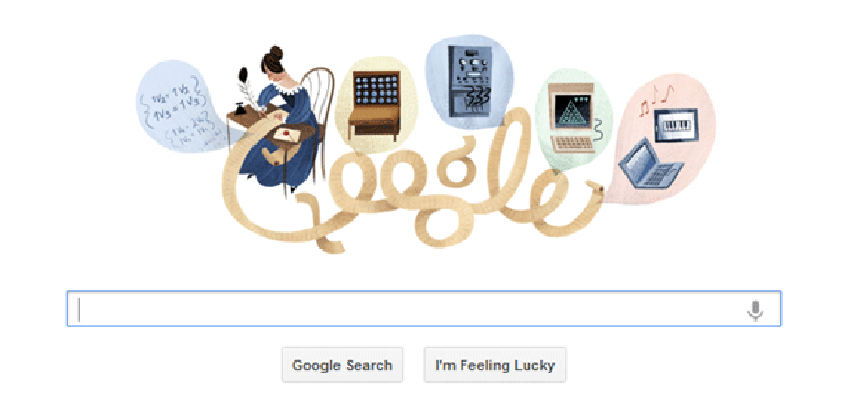The first programmer: How Ada saw the future of computing


Connecting state and local government leaders
Born nearly 200 years ago, Ada Lovelace saw computers as more than numbers-crunching calculators.
It was nice to see Google celebrate the 197th birthday of Ada Byron, the Countess of Lovelace, with a special doodle in her honor. I’ve always been a huge fan. Known more famously as Ada Lovelace, she is technically the first computer programmer. A portrait of her even hangs in the GCN Lab, though in general, she seems to get less respect than other early computer pioneers like Charles Babbage.
Much respect has to go to Babbage of course, but as a person who covers emerging technology, I have to say that Lovelace was slightly more impressive. You see, Babbage was a genius who created the Analytical Engine, though he never actually got it working during his lifetime.
But I don’t think that Babbage ever really saw the whole picture of what computers would one day become. In his mind, they were giant calculators, computational engines that would change the world certainly, but nothing more.
The Italian mathematician Luigi Menabrea helped to flesh out plans for Babbage’s engine, but it was not until Lovelace began working with the Menabrea papers that the world first saw that computers did not need to be confined to just crunching numbers. In her writings, Ada saw that computers could be something more. She understood that computers could be programmed, even after they were built. To that end, she wrote a program that was designed to be interpreted by a machine, the first computer program. It was a way to make the Analytical Engine generate Bernoulli numbers.
Lovelace, daughter of the poet Lord Byron, even suggested other uses for computers, which was incredibly forward-thinking for the time, especially considering that the Analytical Engine didn’t actually exist. Still, she wrote, “Supposing, for instance, that the fundamental relations of pitched sounds in the science of harmony and of musical composition were susceptible of such expression and adaptations, the engine might compose elaborate and scientific pieces of music of any degree of complexity or extent.” It was as though she was envisioning the future Garage Band program.
Ada Lovelace hasn’t gone totally unrecognized in this country, of course. In 1980, the Defense Department created the Ada programming language as a derivative of Pascal. The goal of Ada was to tie together the hundreds of programming languages that DOD was tying to use at the time.
She is more celebrated in England, where she was born. In October each year the British celebrate Ada Lovelace Day, a commemoration designed to raise the profile of women in science, technology, engineering and math.
Unfortunately, Lovelace only lived to be 36 years old. One wonders what more she could have accomplished had she been blessed with a longer life. Computers might have advanced further and faster, though she did her part to push them along even during her short life.
Happy Birthday, Ada. We’ll do our best to keep pushing the ball forward. Thanks for your help along the way.




